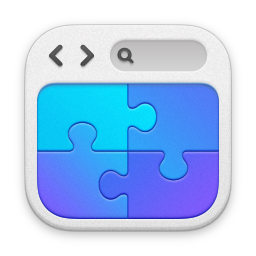If brain fog and sensitivity make it difficult to read from a screen, click here to listen to me read this blog on YouTube.
During a recent Chrysalis Effect coffee morning, we were talking about how differently each of us react to the heatwave we were experiencing. Some people found it a relief, and love basking in the sun, soaking up the warmth, and easing a constant sense of chill. Others, like me, wilt in the heat like flowers out of water and long for some cooling rain. We all have the same basic needs when it is hot, to stay hydrated and protect our skin, but there is no right or wrong answer as to whether this is a spell of ‘glorious sunshine’ to enjoy, or a ‘heatwave’ to endure.
I love how our online conversations bring out both the experiences we have in common and our uniqueness as individuals treading the same recovery path. Those big patterns, the things we have in common, create a map for us, a sense that we are not alone and lost in unknown territory. On the other hand, our unique individual responses to heat, to particular foods, to types of music, remind us that we are ourselves and not a diagnosis.
The group experience offers us a map, but for a map to be useful we also need a compass, so that that we can orientate ourselves and find where we are on that map, in which direction our own personal recovery lies. On your recovery journey, your compass is your symptoms, which will have been giving you stronger and stronger signs that you need to change course for years before your health crash finally made you pay attention. These may be big signals – a complete loss of energy, or excruciating pain after you have pushed yourself too hard physically; a feeling of exhaustion, misery or confusion after spending time with a particular person. The signals can also be tiny – a tightening in the chest, butterflies in your gut, a feeling of becoming distant or tense, a twitch in your eye.
Learning to use a map and compass together is a skill that takes time, practice, and sometimes the guidance of someone who has already mastered this skill. Learning to recognise and respond to the messages that your body and mind are sending you also takes time, practice and support – am I a basking gecko or a drooping rose? Do I need to stretch myself and walk a little further today, or is my body saying rest and relax? Should I spend time with this person or not? I can identify the symptom, but what is triggering it?
To find north on a map using a compass we have to set them down together and let the needle swing until it is finally still and steady, pointing north. A successful journey begins with this stillness – orientation, planning – not with a headlong rush along the nearest path.
On your recovery journey, one of the first skills to learn is how to create that same stillness so that you can stop your personal compass needle spinning in the whirl of your thoughts and fears. Only then can you begin making sense of the messages that your body is giving you, locate where you are now, where you want to be, and identify the steps that will take you there.
Are you struggling to create the stillness and calm that you so desperately need? You might find my Emotional Survival Guide helpful with this. Visit the home page to sign up to my email list and receive your free, downloadable copy.



